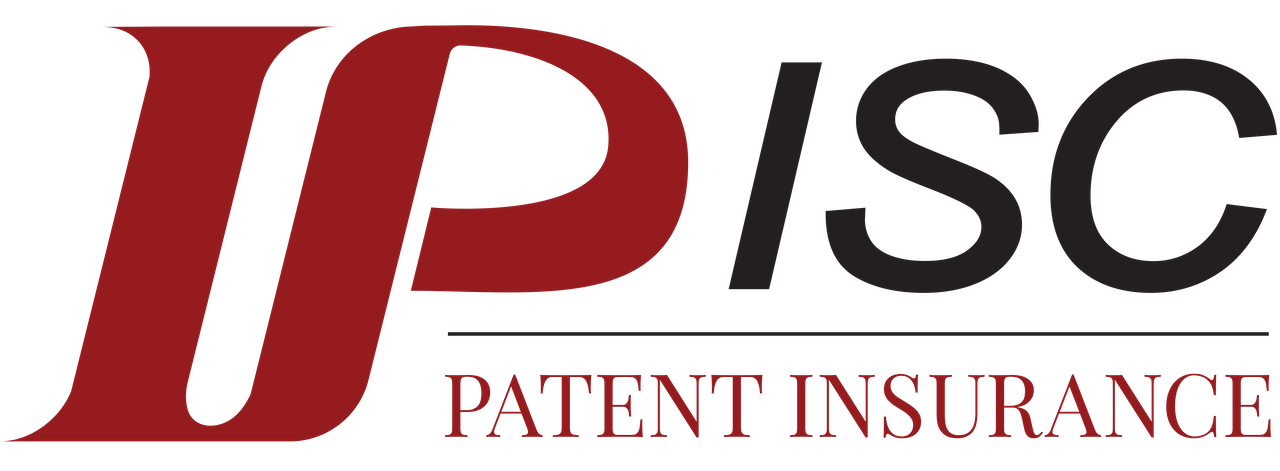
Intellectual Property 101
Intellectual Property (IP) includes creations of the human mind or intellect. IP stimulates technological innovation and promotes the progress of science and the useful arts. IP is essential to a company’s economic growth and success.
Companies leverage IP as invaluable business assets to improve product/service profitability, achieve/maintain a competitive advantage, and improve market share/value in a global market.

Enforcement Insurance
The Enforcement policy (formerly called the Abatement policy) is a unique plaintiff’s policy which reimburses your litigation expenses when you need to enforce your Intellectual Property (IP) against alleged infringers, as well as reimburses your costs due to any invalidity counter lawsuits filed against your IP.
The Enforcement policy is a blended coverage, meaning, there are elements of pure insurance (unexpected risk) and a bond (people made/moral risk). In the event that you lose your IP lawsuit, the Enforcement policy acts as a pure insurance policy. In the event that you win your IP lawsuit and are awarded damages and fees (or receive a settlement), the policy then acts as blended coverage. That is, you only cover the costs to date in the lawsuit paid out by the insurance carriers as part of the policy.

Defense Insurance
Your company can be sued IP infringement by simply making, using, selling, importing or offering for sale a product and/or service; or, if you own valuable technology on products, processes or methods of doing business. Also, if your company is experiencing or planning a merger and/or acquisition, or if your vendor and supplier contracts require indemnification for IP litigation, you will have additional exposure to IP lawsuits.
The fact that your company has products protected by patents does not guarantee that you will not be sued by a third party, such as a patent troll or a competitor, holding similar IP rights. Even if the case against you is unjustified or frivolous, you will still pay big legal bills funding your defense, and paying potential damages if you lose.

Post-Grant Patent Defense Insurance
In general, companies may risk going out of business if they are not able to protect their innovations from the predatory business practices of others. One of these predatory business practices is extorting money from companies by entities known as Patent Trolls bringing ill-founded lawsuits based upon overly-broad, low-quailty, patents. Another predatory practice is a competitor asserting a low-quality patent against your company.
This real threat of companies being attacked in federal courts with low quality patents prompted a response from the public sector that led to Congress passing the America Invents Act (AIA), which created a new way to challenge patents – a Post-Grant Review process heard before administrative judges at the USPTO.

Multi-Peril (Business Interruption) Insurance
The Multi-Peril IP Insurance (MPIP) policy (which can be an add-on to another policy as a rider) provides first party coverage (typically, your company) for financial losses due to adverse intellectual property (IP) events such as Business Interruption, Loss of Commercial Advantage and the Cost of Redesign, Remediation & Reparations. These adverse happenings are in the form of legal actions by or against IP owners and/or third parties.

Unauthorized Disclosure of Confidential Information Insurance
This policy reimburses the litigation expenses and/or damages, made against your company, which arise from a lawsuit which alleges an Unauthorized or Unintentional Disclosure of a third party’s Confidential Information by the Named Insured (typically your company); or, which alleges an Unauthorized Disclosure by an employee or person under your direct control or by one of your former employees on whose behalf of the Named Insured is responding pursuant to a written or legally imposed obligation to do so.

Merger & Acquisition Risk Reduction Insurance
Mergers and acquisitions (M&As) continue to be a viable and attractive solution to intellectual property (IP) monetization. Many well-conceived M&As have the potential to create a win-win situation with respect to a small company commercializing its most important innovations. It has long been known that the best way to monetize an innovation is to create a company that produces a product incorporating the innovation. After the company is up and running, the owner-innovator can feel satisfied that all has been done that is required to optimize the return from this innovation. He or she will have proven the innovation works, that is can be scaled up to commercial production and that it can be sold. This is the quickest route to a maximum return, and has proven to be the best, since the innovator controls all of the critical development steps.

